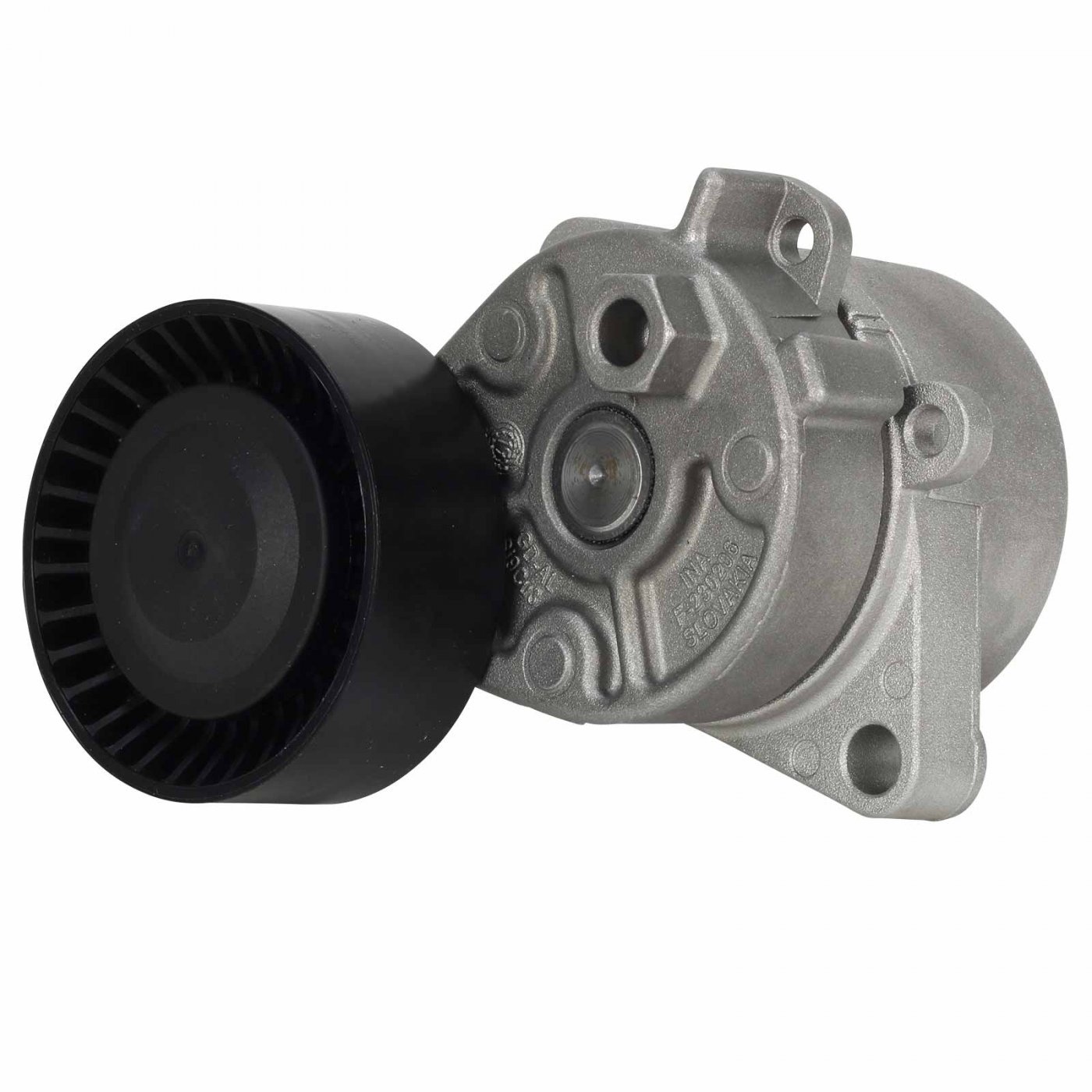
Tensioners, often overlooked yet integral components in mechanical systems, play a crucial role in maintaining optimal tension in belts, chains, and other transmission elements. The diversity in tensioner types and their applications across various industries is a testament to their significance in ensuring smooth operations, enhancing reliability, and prolonging the life of equipment. In this comprehensive guide, we will delve into the world of tensioners, exploring their types and applications across different sectors.
Spring-Loaded Tensioners
Working Mechanism: Spring-loaded tensioners utilize the energy stored in a spring to maintain tension in the connected elements. When a system undergoes changes in load or temperature, the spring ensures consistent tension.
Applications: Commonly found in automotive timing systems, spring-loaded tensioners play a crucial role in ensuring the consistent and optimal tension of timing belts. This application is vital for the proper functioning of internal combustion engines.
Hydraulic Tensioners
Working Principles: Hydraulic tensioners use hydraulic pressure to adjust and maintain tension. They offer precise control, adaptability to changing conditions, and can handle heavy loads with ease.
Applications: Widely employed in industrial machinery, hydraulic tensioners are favored for applications where precise tension control is critical. Industries such as manufacturing and material handling benefit from the reliability and adaptability of hydraulic tensioning systems.
Automatic Tensioners
Self-Adjusting Mechanisms: Automatic tensioners are equipped with self-adjusting mechanisms that continuously monitor and adapt to changes in tension. This feature reduces the need for manual adjustments and enhances operational efficiency.
Applications: In conveyor systems, where maintaining consistent tension is crucial for smooth operation, automatic tensioners shine. They minimize downtime by responding dynamically to variations in load and speed, contributing to overall system reliability.
Belt Tensioners in Automotive Systems
Contribution to Performance: Belt tensioners in automotive systems contribute significantly to engine performance. They ensure that belts, such as the serpentine belt, are properly tensioned to drive various engine accessories.
Applications: Automotive applications often rely on belt tensioners in serpentine belt systems and accessory drives. Proper tensioning enhances the efficiency of engine components, leading to improved vehicle performance.
Chain Tensioners in Industrial Settings
Industrial Significance: In industrial machinery, chain tensioners play a critical role in maintaining tension in chains used for various applications. They prevent slack, reduce wear, and contribute to the longevity of the chain.
Applications: Industries involved in manufacturing processes, packaging, and material handling systems benefit from chain tensioners. These applications demand precision and reliability, making chain tensioners essential for smooth and efficient operations.
Tensioners in Power Transmission
Maintaining Optimal Tension: Tensioners are pivotal in power transmission systems to maintain optimal tension in belts and chains. Consistent tension is vital for reliable and efficient power transfer.
Applications: Industries such as energy, with a focus on power transmission systems, rely on tensioners to ensure the uninterrupted flow of energy. The ability to maintain tension contributes to the overall reliability and performance of these systems.
Bearing Tensioners for Rotating Equipment
Significance in Rotation: Bearing tensioners are designed to maintain proper tension in rotating equipment, reducing vibration and extending the life of bearings. They play a crucial role in ensuring the smooth operation of rotating machinery.
Applications: Industries with rotating equipment, including wind turbines, pumps, and other machinery, benefit from bearing tensioners. By reducing stress on bearings, these tensioners contribute to increased equipment lifespan and reduced maintenance costs.
Maintenance and Troubleshooting
Proper Maintenance: To ensure the longevity of tensioners, proper maintenance is essential. Regular inspections, lubrication, and monitoring for wear are key components of an effective maintenance strategy.
Troubleshooting Techniques: Understanding common issues such as misalignment, wear, or loss of tension is crucial. Troubleshooting techniques involve identifying these issues promptly and implementing corrective measures to prevent costly downtime.
Regular Inspections: Routine inspections are the backbone of effective tensioner maintenance. By identifying potential issues early on, industries can proactively address concerns, minimizing the risk of equipment failure and optimizing performance.
Tensioners, with their diverse types and applications, form the backbone of many industrial processes. From automotive systems to power transmission and rotating equipment, the proper selection and maintenance of tensioners are paramount. This comprehensive guide serve as a valuable resource for professionals across industries, providing insights into the intricate world of tensioners and aiding in the optimization of mechanical systems. You can also directly contact tensioner supplier. Understanding the nuances of each tensioner type empowers industries to make informed decisions, ultimately enhancing operational efficiency and equipment reliability.






